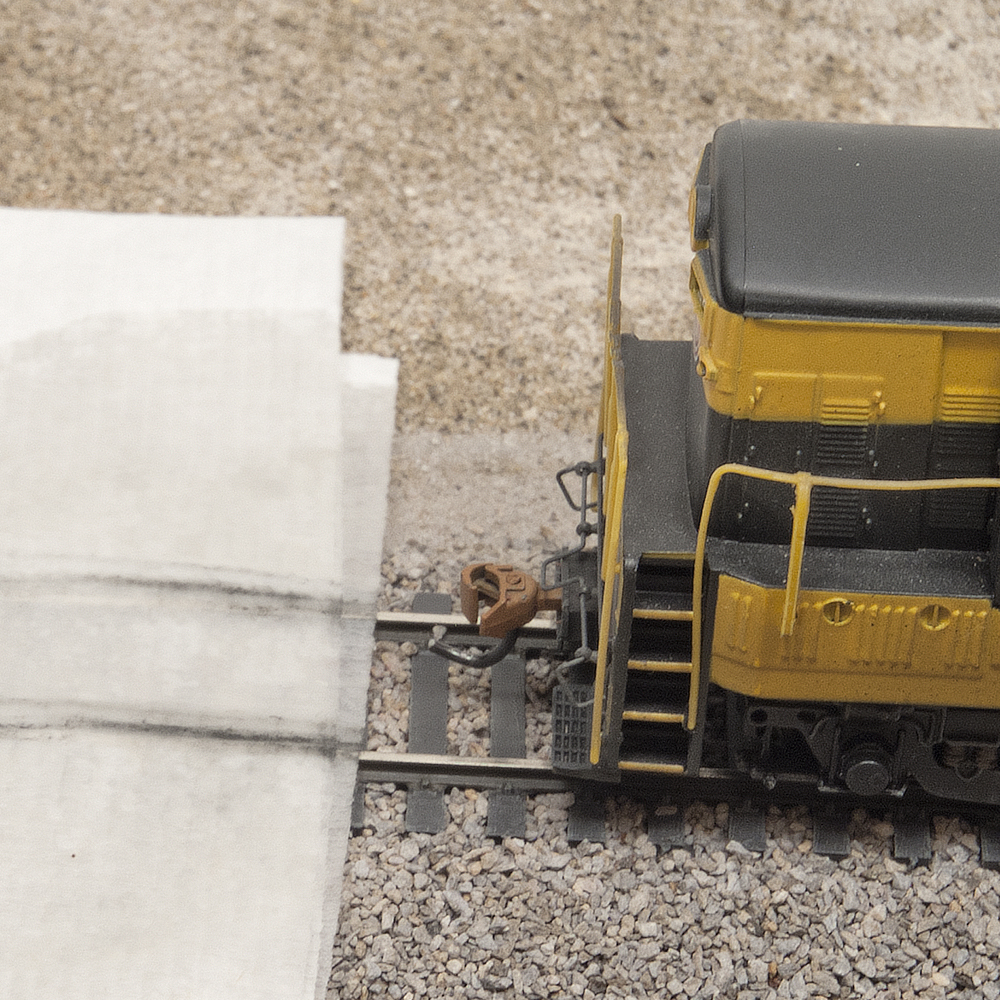
Q: I recently started working again on my HO scale layout, which features a Digitrax Super Chief Starter Set and Bachmann E-Z Track. I cleaned all of the track and have been testing locomotives. One of the units, an Athearn Genesis HO scale Electro-Motive Division GP38 that has not been used in some time, will […]
Read More…
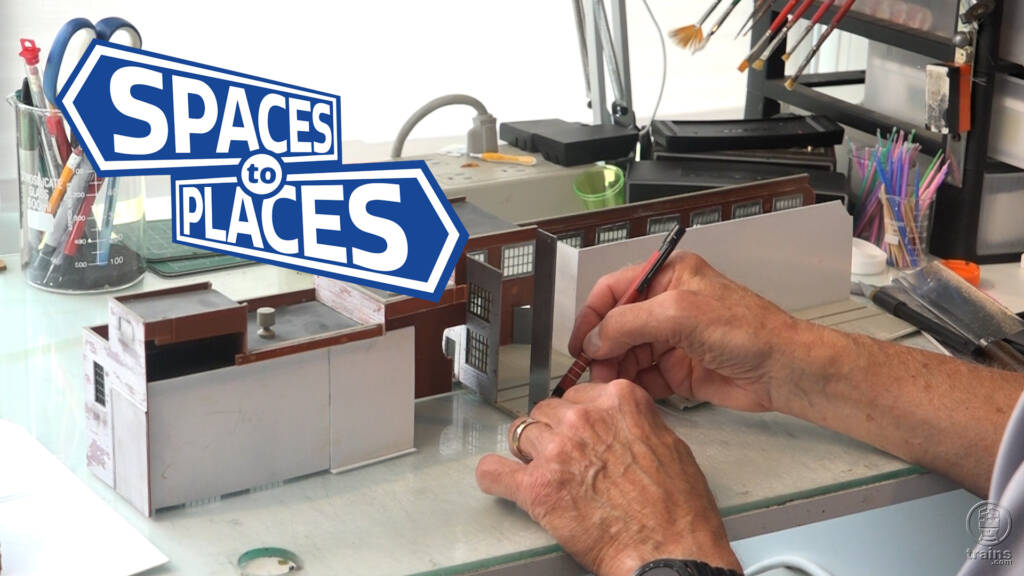
Follow host Gerry Leone as he digs into the plans and efforts to rework a structure he initially kitbashed for a previous iteration of his HO scale (1:87.1) Bona Vista model railroad. But first, he ventures back to the old familiar set of his “Off The Rails” series, all with the objective of answering a […]
Read More…
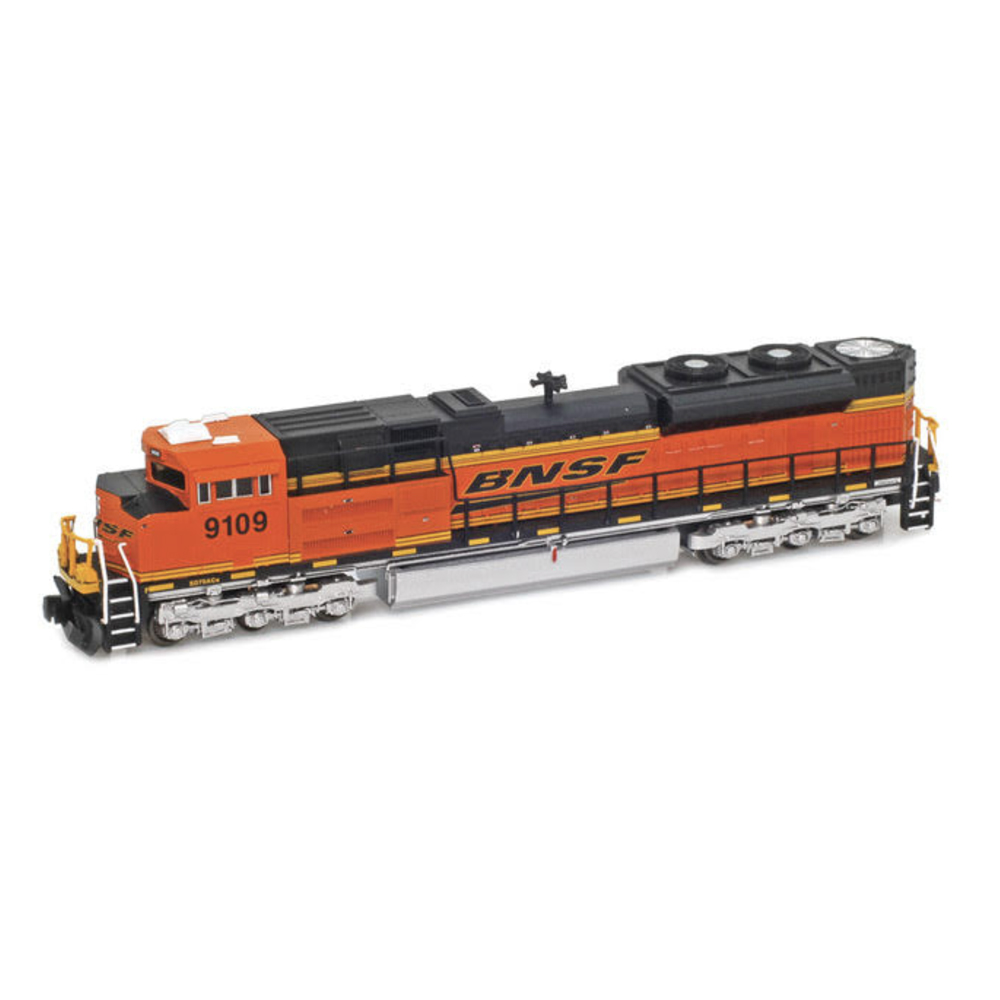
News & Products for the week of April 21st 2025 Model railroad operators and builders can get the latest information about locomotives, freight cars, passenger cars, tools, track, and more by reading Model Railroader’s frequent product updates. The following are the products Model Railroader editors have news on for the week of April 21st, […]
Read More…

The WalthersMainline HO EMD SD60 is back, this time with new features. Model Railroader Senior Editor Cody Grivno uses this six-axle road unit to switch cars on our Winston-Salem Southbound Tar Branch project layout. In addition, he shares a condensed history of the Electro-Motive Division road unit and Oakway Leasing No. 9009; highlights the detail […]
Read More…

Q: I have a question about one of the articles in your special issue Best of Industries. On page 16, Rich Cobb wrote about a fertilizer blend plant. Can you tell me what kind of loads a plant like this would receive? — Markus Russ A: We released that special-interest publication in 2021, so I […]
Read More…

The WalthersMainline HO EMD SD60 is back, this time with new features. Model Railroader Senior Editor Cody Grivno uses this six-axle road unit to switch cars on our Winston-Salem Southbound Tar Branch project layout. In addition, he shares a condensed history of the Electro-Motive Division road unit and Oakway Leasing No. 9009; highlights the detail […]
Read More…
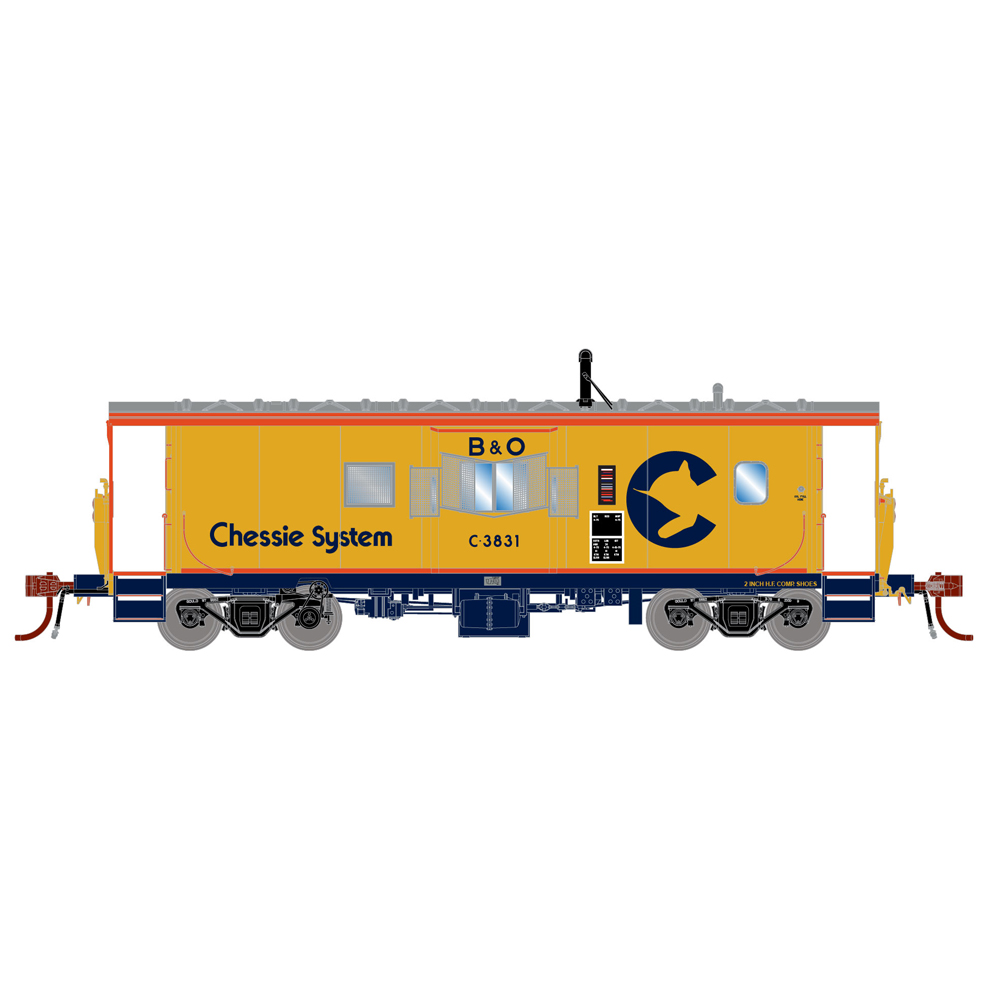
News & Products for the week of April 14th 2025 Model railroad operators and builders can get the latest information about locomotives, freight cars, passenger cars, tools, track, and more by reading Model Railroader’s frequent product updates. The following are the products Model Railroader editors have news on for the week of April 14th, […]
Read More…
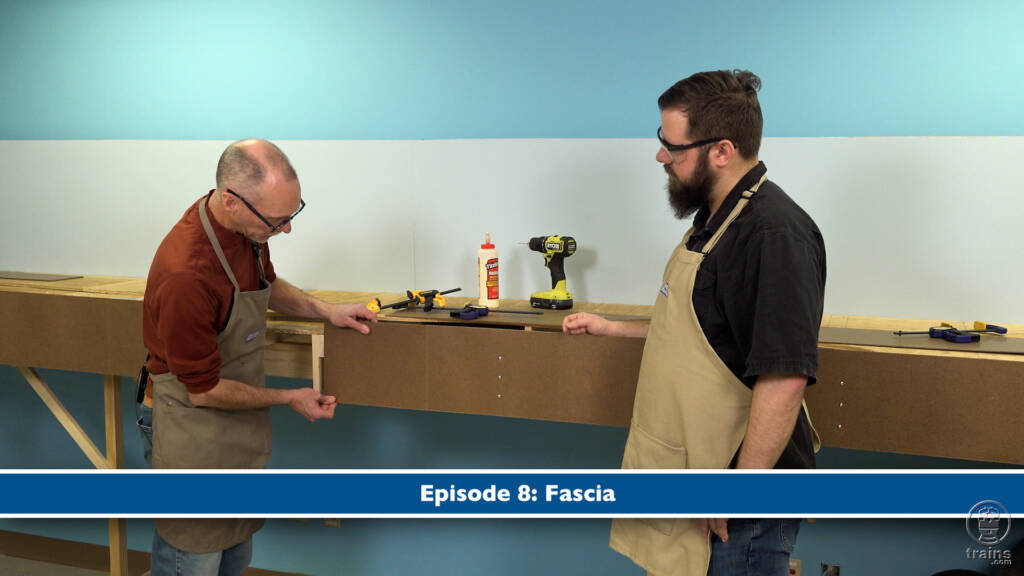
In this episode of the HO scale East Troy Industrial Park (ETIP) project layout series, David and Bryson work to install trim panels at the front of the model railroad. These removable fascia panels are both decorative and protective hardboard components that help give the layout a finished look. The guys show you how to […]
Read More…
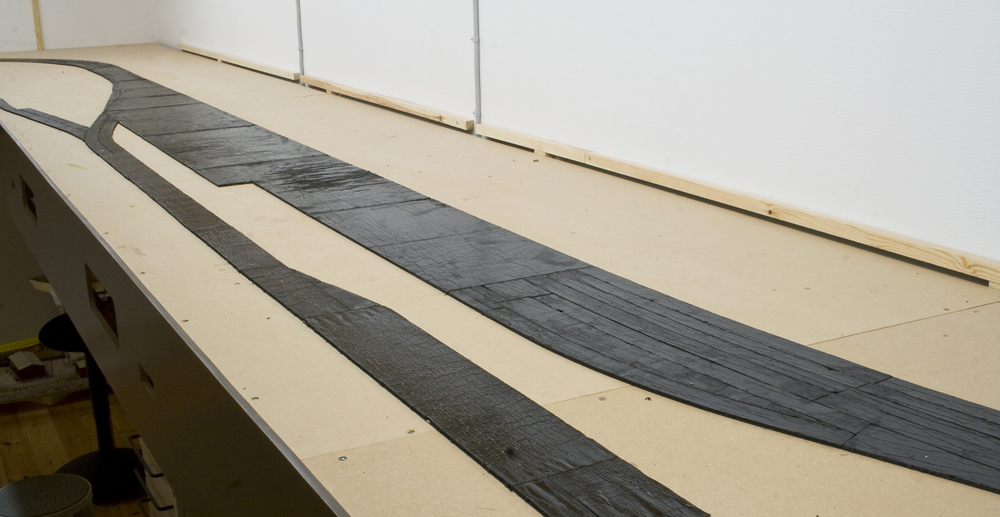
Excessive track noise was one of the main reasons I decided to rebuild my HO scale Daneville & Donner River layout. I hadn’t paid much attention to the noise level until I started using locomotives with sound decoders. That’s when I recognized how the wheel noise from rolling freight cars nearly overpowered the sound of […]
Read More…
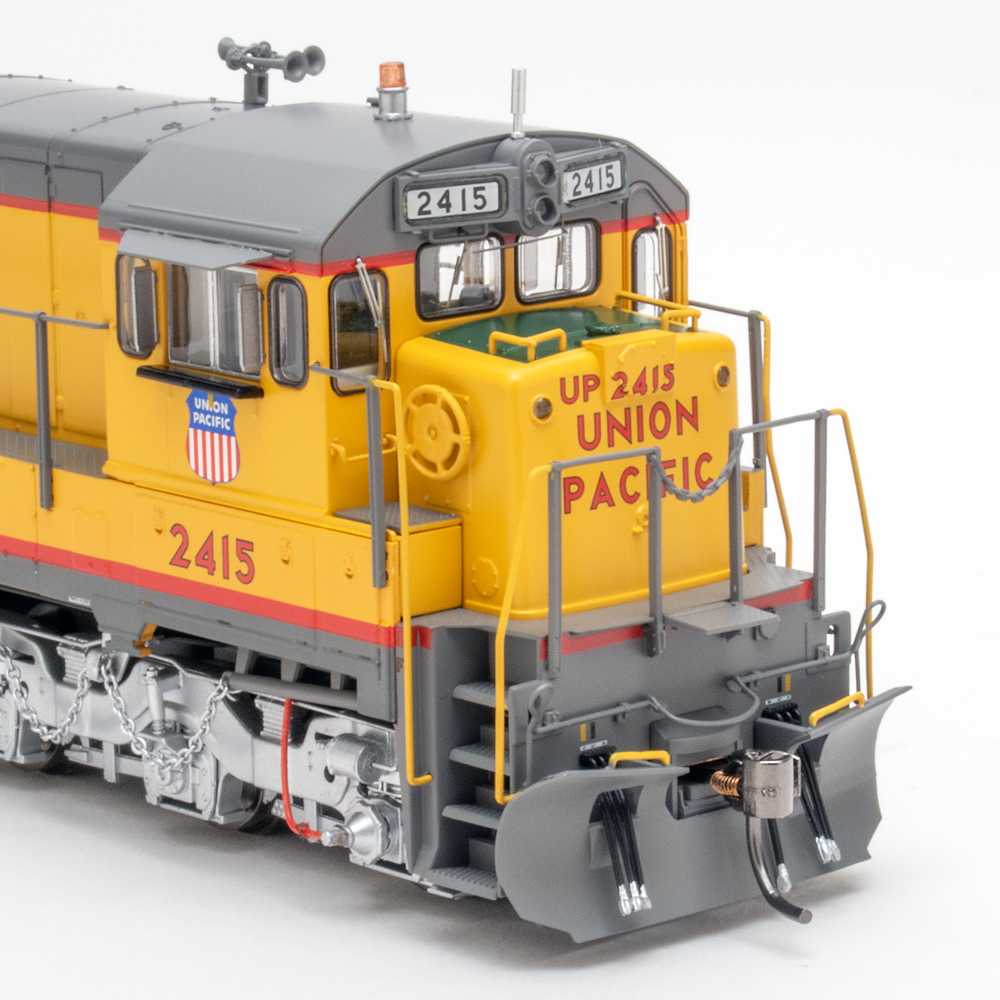
The C30-7 is the latest addition to the lineup of General Electric diesel locomotives from Rapido Trains. The HO scale model, offered in eight paint schemes, has a five-pole motor with dual flywheels; a heavy, die-cast metal weight; and prototype-specific details. Prototype history General Electric produced the C30-7 from September 1976 to May 1985. During […]
Read More…
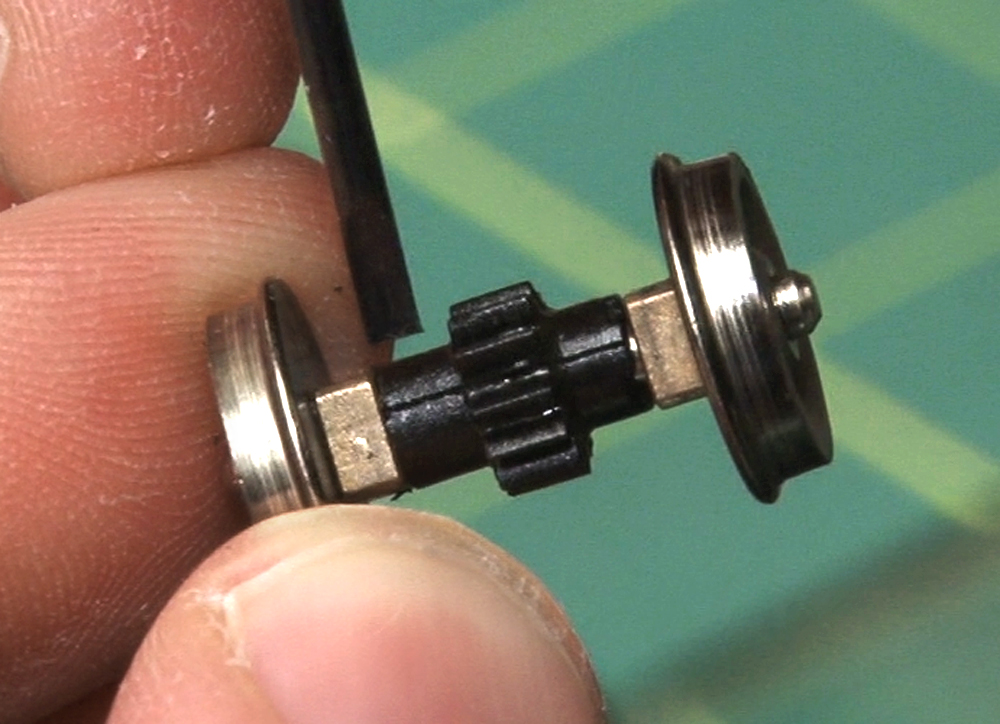
Q: I have a pair of Northern Pacific HO scale Proto 1000 Alco RS11 locomotives that were stored new many years ago. I got them out the other day, and as I expected, the bearings on both sides of the worm gears were frozen. I oiled them and got them spinning again, then lubed everything. […]
Read More…
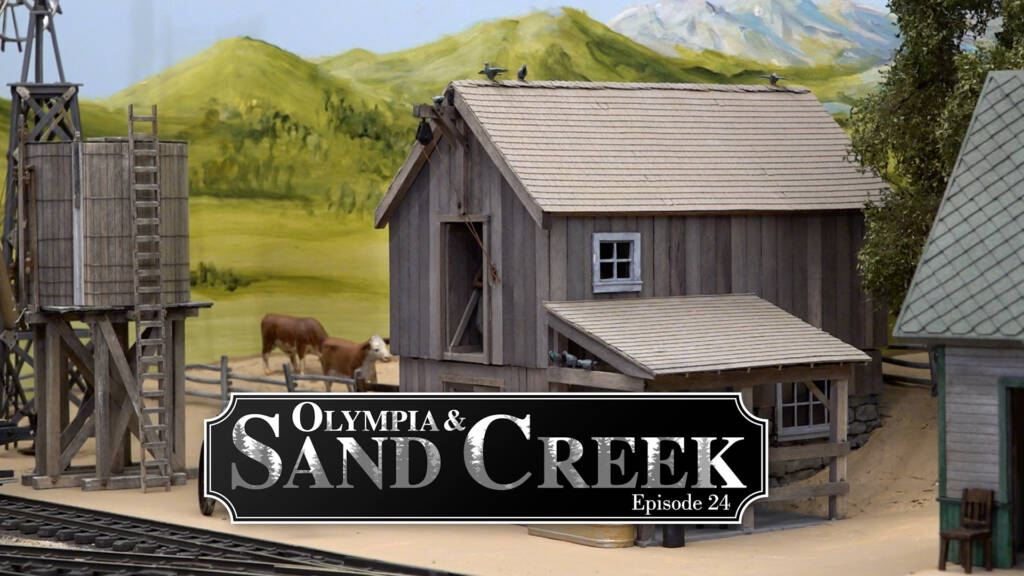
Host David Popp is making good progress with his modeling, so he takes a moment to highlight some of the details that help shape the realistic barn and farmhouse setting on his Olympia & Sand Creek On30 display layout. In this episode, he talks through tree selection, fabricating custom figures, adding exterior/interior structural intricacies, and […]
Read More…











